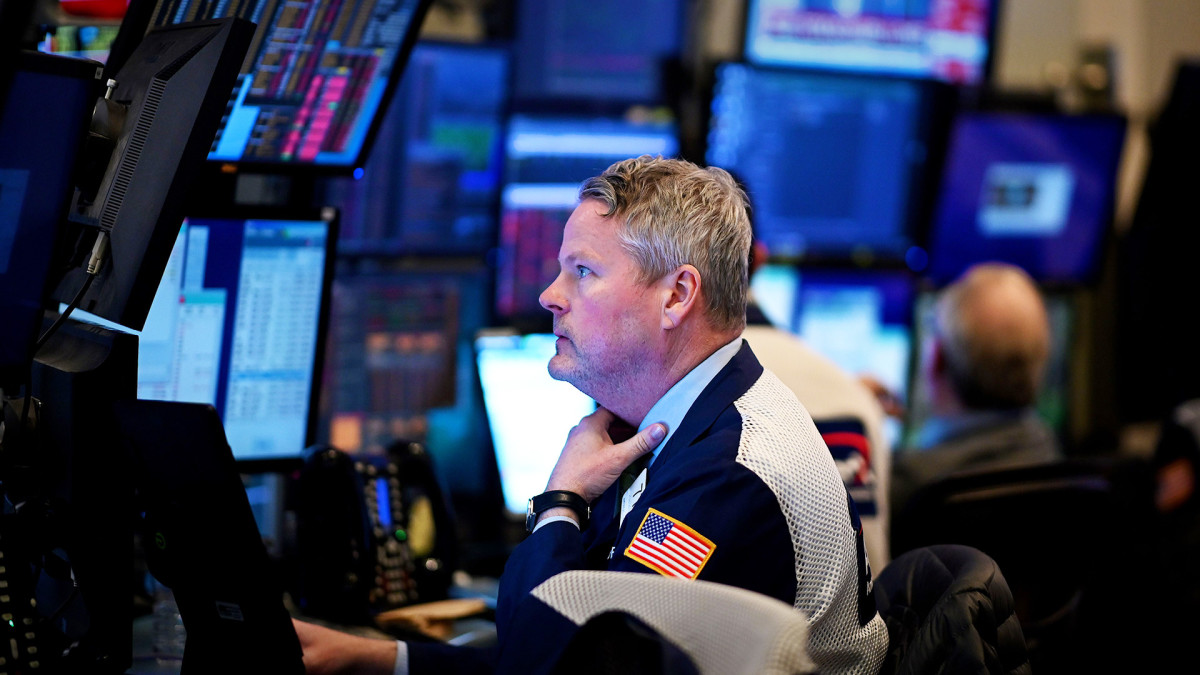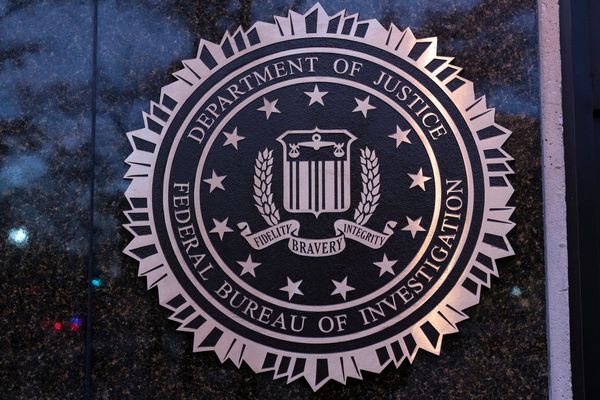
U.S. stocks extended declines Monday, following on from the worst quarterly performance of the year for the S&P 500, as Treasury bond yields inched higher as investors react to a temporary U.S. government funding deal set against central bank messaging for higher long-term interest rates.
House Speaker Kevin McCarthy was able to push through a bipartisan deal over the weekend, with the support of 209 Democratic lawmakers, that will fund the government through November 17. The deal, however, leaves open the possibility of yet another shutdown drama as conservative lawmakers in the Republican party vowed to challenge McCarthy's position and push for deeper spending cuts in the next round of talks.
"To be absolutely clear, the spending battle for fiscal 2024 is far from over, and a shutdown on November 18 is entirely possible," said Ian Shepherdson of Pantheon Macroeconomics. "The right wing in the House is just too big to ignore, but their demands cannot be met, given Democrat control of the Senate and White House."
U.S. Treasury bonds extended their sell-off following the dramatic weekend agreement, which received Senate approval just hours before a midnight Saturday deadline that would have shutdown the Federal government, as well as a stronger-than-expected reading for U.S. manufacturing activity in the September ISM survery.
Benchmark 10-year note yields rose to 4.661% in early New York trading, with 2-year notes marked at 5.104% while the U.S. dollar index, which tracks the greenback against a basket of its global currency peers, rose 0.48% to 106.6739
The higher yields, which followed a relatively muted August PCE inflation report, put today's comments from Federal Reserve Chairman Jerome Powell in focus as investors look for clues as to the central bank's next move on interest rates between now and the end of the year.
Powell, as well as Philadelphia Fed President Patrick Harker, participated in a roundtable discussion on monetary policy in York, Pennsylvania, with the Fed chair saying that a sustained, strong labor market is the central bank's ambition and that achieving requires true price stability.
The CME Group's FedWatch suggests a 25.7% chance of a quarter point hike on November 1, up from 18.3% last week, with the odds of a December hike of either a quarter or a half point rising to 44.8%.
"Stocks are facing headwinds from higher interest rates and the uncertainty of how higher rates will affect economic growth and earnings," said Richard Saperstein, chief investment officer at New York-based Treasury Partners. "The market right now is priced for perfection, as there are elevated expectations for a bullish slowdown where the economy slows enough to bring down inflation, but not enough to trigger a recession."
"It is very hard to see how the Fed and economy will thread this needle, and we believe that markets expect everything to fall into place when it comes to inflation, the economy and rates, and that is a very high bar," he added.
Heading into the final 15 minutes of the trading day on Wall Street, futures tied to the S&P 500, which ended the quarter down 3.65%, was marked 12 points lower, or 0.3%, while the Dow Jones Industrial Average was down 140 points.
The tech-focused Nasdaq, which closed out the quarter down 4.12%, was up 42 points, or 0.3%.
- Get exclusive access to portfolio managers and their proven investing strategies with Real Money Pro. Get started now.







